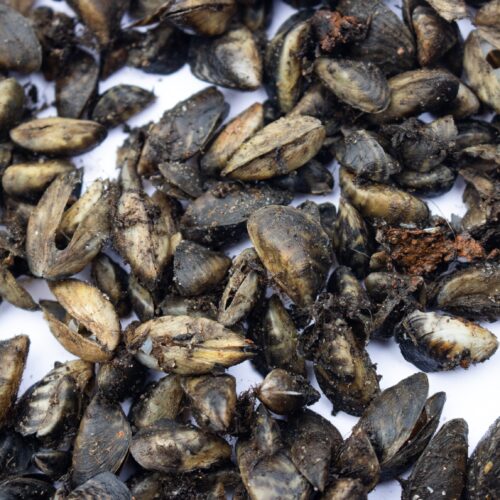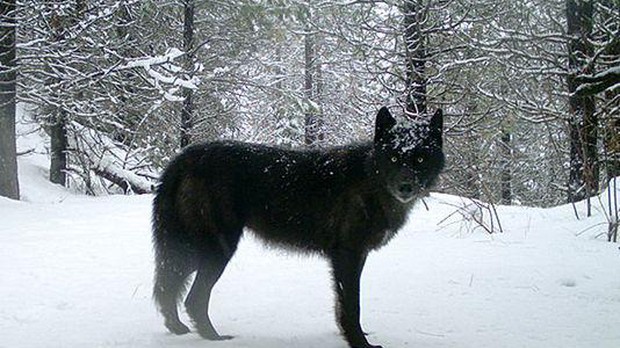
Gray Wolves Could Lose Protections As ‘Endangered’ Status Reconsidered
The federal government is reviewing the endangered species status of gray wolves in the Lower 48 states — a move that could lead to reduced protections. This includes the western parts of Oregon and Washington, where wolves are considered endangered under U.S. law.
Population reviews for protected species are expected to happen every five years. After the last status review in 2013, the U.S. Fish and Wildlife Service proposed taking the gray wolf off the list of endangered species — diminishing legal protections for the predator.
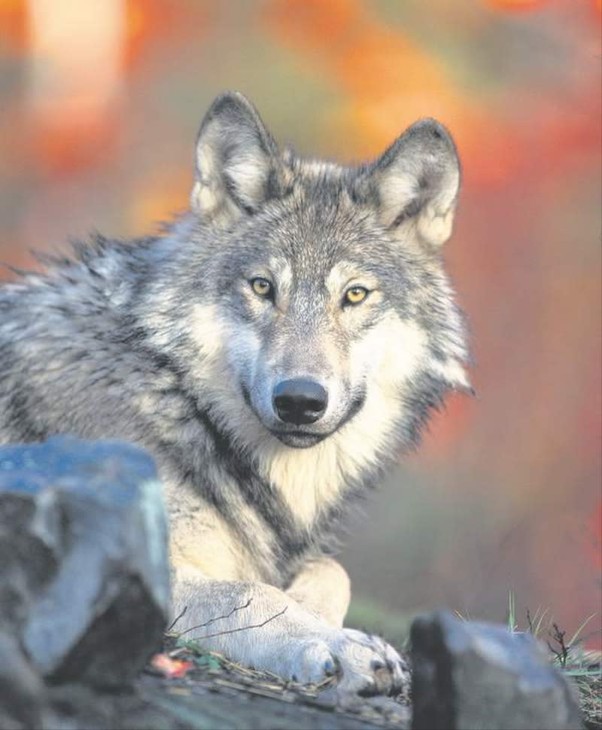
A gray wolf. CREDIT: WILLIAM CAMPBELL
But a court ultimately ordered the service to reverse course. Since then, the wolf population has continued to increase in number and expand geographically in the Pacific Northwest.
In a statement, the U.S. Fish and Wildlife Service said the current review will be based on the best available science. And “if appropriate,” the service will issue a proposal to revise the status of the wolves by the end of the year.
“This to us does not sound like a typical five-year status review. This looks like an effort to find a way to propose another delisting,” said Collette Adkins a lawyer and biologist with the Center for Biological Diversity.
Wolf advocates say the wolf population is not as healthy as it should be, even though the Fish and Wildlife Service claimed recovery goals were met five years ago.
“We’ve got … no viable populations that we know of in New England, the Southern Rockies and places were wolves could live and aren’t found now,” Adkins said.
There are approximately 120 wolves each in Oregon and Washington, with most of the population concentrated in the northeast corner of each state.
Currently, gray wolves are federally listed as endangered in the western two-thirds of both Northwest states. In the non-federally listed eastern areas, wildlife managers and ranchers have more latitude to kill wolves that attack livestock.
But on the west side of the Cascades, that option isn’t available.
“Very, very difficult to be able to control and there’s nothing that can be done currently, other than non-lethal measures,” said Jerome Rosa, executive director of the Oregon Cattlemen’s Association.
Fish and Wildlife said as part of the status review, it will work closely with “federal, state, tribal and local partners,” as well as take broader public input.
Oregon delisted the gray wolf from the state endangered species list in 2015. Wolves are still considered endangered by Washington. Both states allow the killing of wolves that repeatedly feed on livestock in areas without federal protections.
Related Stories:
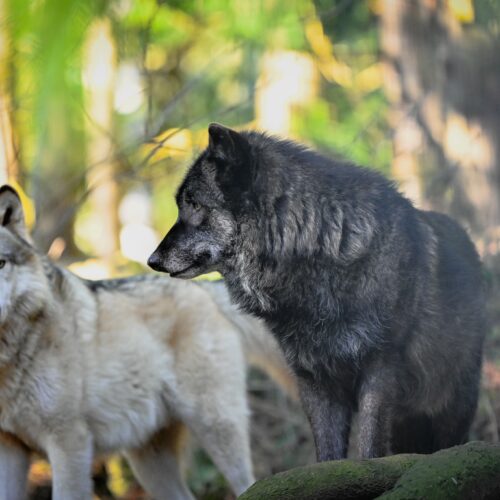
Complaint to federal agency over Washington animal organization
In Skagit County, a nonprofit that houses a number of animals, including exotic ones, is in continued legal battles. A law firm that advocates for animal rights is claiming the organization may have violated the Endangered Species Act, by, as the law firm claims in its complaint, the illegal euthanization of wolves.
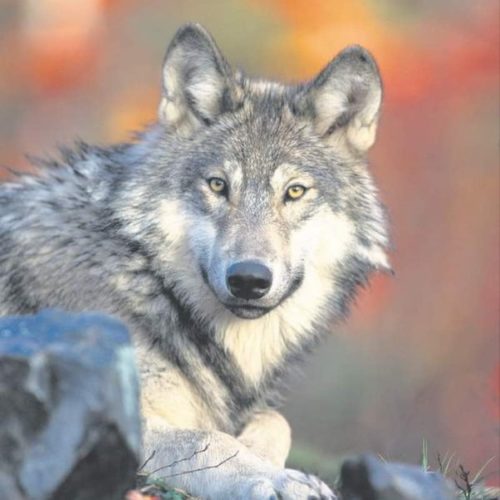
Wolves remain endangered in Washington state
Washington state’s Fish and Wildlife Commission voted to keep gray wolves’ endangered status. (Credit: William Campbell) Listen (Runtime 0:54) Read Gray wolves will keep their endangered status in Washington state.
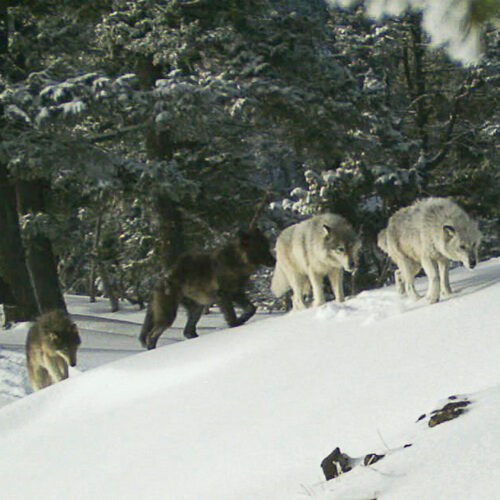
Nez Perce Tribe honors the wolf
In this Feb. 1, 2017, file image provided the Oregon Department of Fish and Wildlife, a wolf pack is captured by a remote camera in Hells Canyon National Recreation Area




